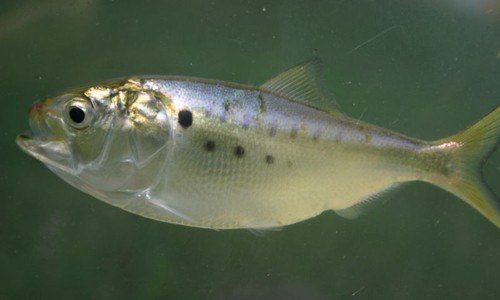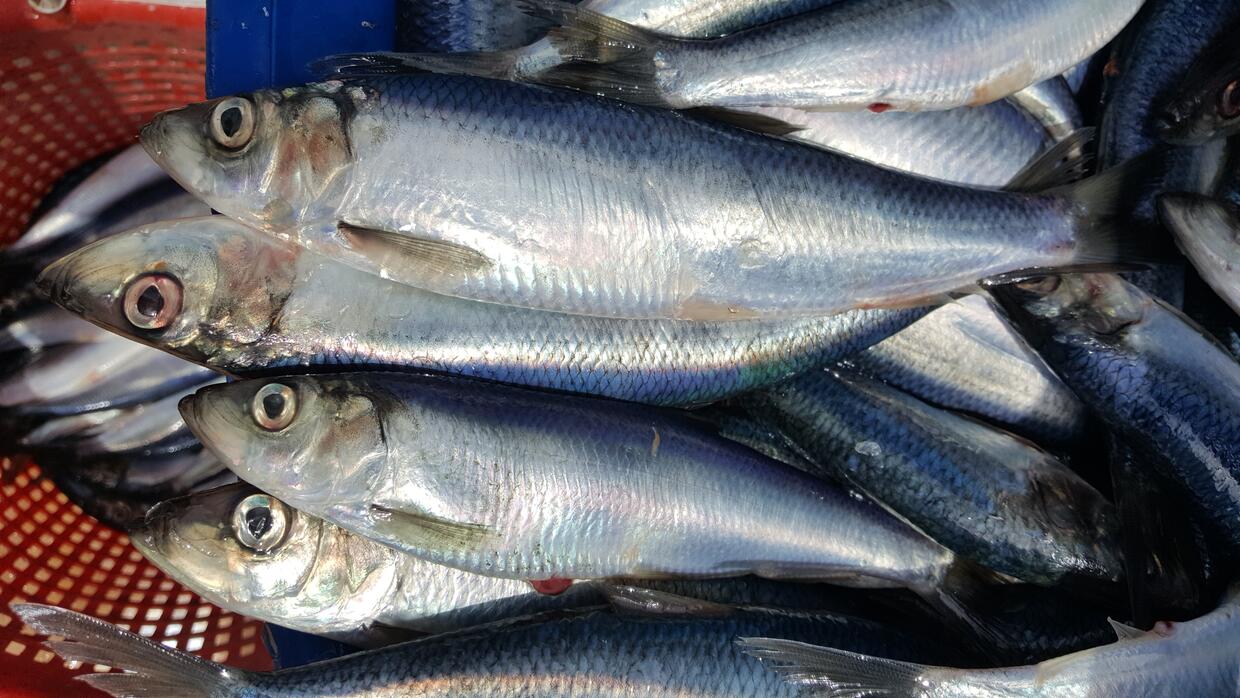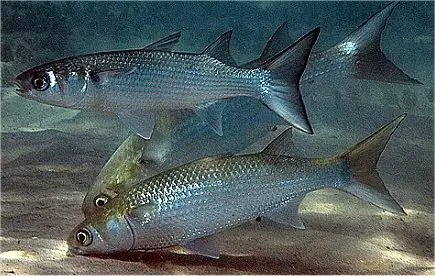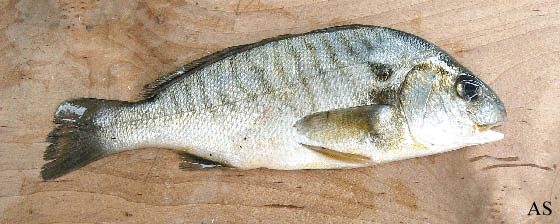How to Properly Net a Flounder (Fluke)
Experienced Fluke Fishermen all will tell you that you need to net your fish. Whether you be fishing from a Bridge, Pier, Jetty, or Boat if any part of landing that flounder involves lifting it out of the water, well then you better use a net to land that fish if you want to keep it.
Fluke notoriously have a soft mouth that tears easily. Frequently after hooking and fighting a flounder it's mouth will tear a bit making it very easy for the hook to back out causing you to lose your fish. barbed style hooks help but it is criticallyimportant to always keep a tight line while fighting Fluke to the surface. Not keeping a tight line to the top is surely the number 1 reason people lose Fluke on the way up.
So now keep in mind, tearing at the mouth is a big concern for losing flounder when the fish is IN the water. Well, physics aside , things 'weigh' more in air than in water. So as soon as you try to lift that Fluke out of the water you can count on any tear in the mouth to get larger.
The Netman's Job
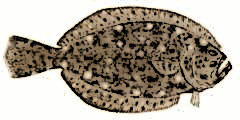
Get in Position
Ok so first things first. Someone yells 'fish on' and/or calls for the net. Common sense says, get the net in hand and go stand next to the person fighting the fish so you are ready. Depending on the angle the person is fighting the fish, you should position yourself on the side of the person where you cause the least interference to the person fighting the fish.
Use 2 Hands
While I am waiting I like to hold the net by holding one hand on the net handle and the other holding the net. Why hold the net you ask? Because until you get that net in the water catching the netting on something as you try to is always a possibility. Whether your on a party boat, private boat, pier etc there are usually any number of obstructions around and holding the netting keeps control in your hand until it enters the water.
Lower the Net
I believe most people wait too long until putting the net in the water. Is it a BIG deal? Probably not but what we are talking about here is the difference between being pretty good at netting fluke and being a pro. Kind of like free throw shooting in basketball. Repetition is how you build great technique. So get the net in the water with ample time for adjustment. Get Ready.
When you do put the net in the water to wait, you want to have the net deeper than you expect to land the fish at. You want the entire net basket to be submergered. Because it is much easier to lift the net then to dive the net into the water.
Depending on how deep you are fishing, it seems reasonable that you should have the net in the water and waiting whenever the fluke is within the upper 1/3 of the water column. How do you know this? Judgement and it comes in time. But the exact specifics are not that important. What is important that you be ready but not be in the way. Lets review 2 extremes on what you don't want to do to emphasize the point.
Scenario 1
You are deep fishing for Fluke in 90 ft of water and as soon as someone yells fish on you go stand next to them with the net in the water and just totally be premature.
Scenario 2
You are fishing for Fluke in 30 ft of water and you lollygag and wait til you see 'color' and end up rushing and losing discipline and lose the fish.
Head First
Supposing we are now next to our best fishing buddy as he is reeling in a big flounder. The most important part of the whole deal. Net the fish HEAD FIRST. Fluke can not swim backward. So if you net the fish head first, it can not swim away from the net. Easy as that.
The Fisherman's Job
The fisherman needs to assit the person netting the fish if you want to be successful. He can do that by following these 3 simple rules
'Swim' the fluke into the net
Never lift it or even only it's head out of the water
Keep the line tight at all times
Just a final note that given NJ's 2016 regulations of 18” Fluke you really need to have a large net. 18” Fluke are not small and you really don't want to lose the fish of a lifetime because you were using the wrong net.
Details
To Offer

